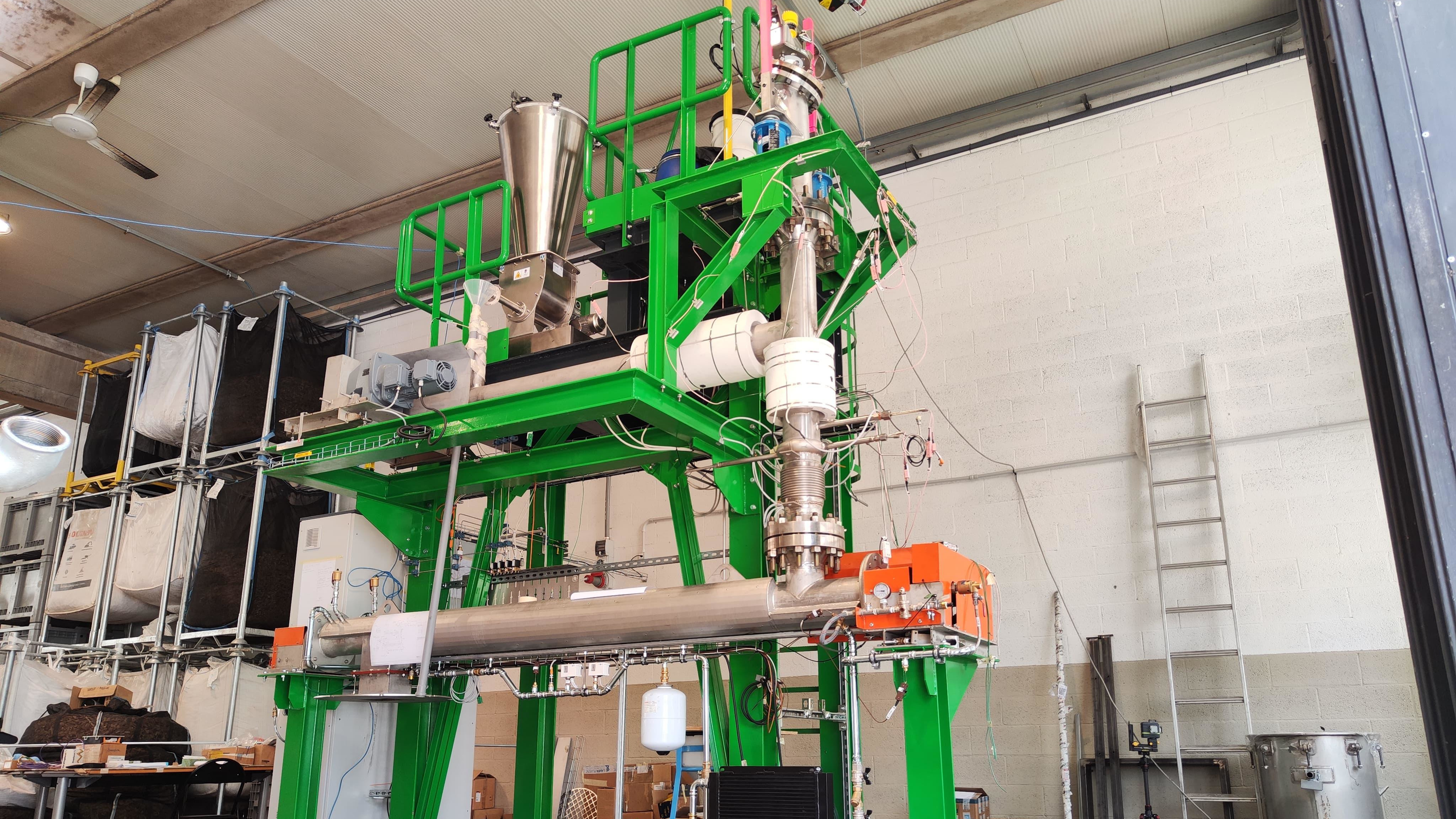
Producing Steel Without Fossil Fuels
Producing hydrogen and carbon from renewable sources and waste, and using them to manufacture steel, could revolutionise one of the most energy-intensive and complex sectors of modern industry. This is the goal of H2Steel, a project led by a research group of Politecnico di Torino and RE-CORD research consortium. Funded by the European Innovation Council (EIC) under the Pathfinder programme, the technology has now reached a ‘pre-industrial stage’ and is looking for partners to advance to full-scale development.
“The project brings together three crucial elements: hydrogen, carbon derived from biomass and waste, and the steel industry itself, which requires vast amounts of energy and raw materials for production. Hydrogen is widely considered a key energy carrier for the future, while steel remains central to modern industry. However, steel production is extremely energy-intensive and still heavily dependent on fossil fuels and products”, explains David Chiaramonti, Full Professor at the Department of Energy-DENERG at Politecnico di Torino and project lead. He adds: “Steel is one of the so-called ‘hard-to-abate’ sectors, where defossilisation efforts have so far proven particularly challenging. Hydrogen is one of the most promising pathways to reduce emissions in such sectors, but producing it from renewable sources at scales and at costs competitive with hydrogen from steam reforming of fossil natural gas remains a major and ongoing challenge”. This is the challenge that Politecnico is successfully addressing alongside other partners, including the Renewable Energy Consortium for Research and Demonstration (RE-CORD), which has developed the prototype.
At the heart of the project is a technology that produces hydrogen from biomass and waste, significantly reducing production costs by simultaneously generating and valorising renewable carbon, and by leveraging the resulting carbon credits. The process, already built and tested in the form of a Proof Of Concept (POC) prototype, begins with the carbonisation of waste biomass (such as urban waste). In this phase, components like phosphorus – undesirable in the steel industry but valuable in other sectors such as fertiliser production – are extracted. The ‘purified’ carbon is then fed into the technology developed in the project (the POC), where it acts as a catalyst for methane cracking, which in turn produces solid carbon on one side and hydrogen gas on the other. The natural application of the H2Steel technology is therefore within steel plants themselves. Both of these products are in high demand to replace fossil-based fuels (coal and coke) and materials.
“Our technology” – Chiaramonti emphasises – “can use a renewable product (biomass) or a waste product (such as sewage sludge), converting it into carbon, recovering any nutrients (such as phosphorus), and using this bio-coal to perform methane pyrolysis, producing both carbon and hydrogen. While this solution is designed for the steel sector, it could also have applications in other industries, such as cement production or cogeneration with carbon capture and storage”.
“The ongoing prototype test campaigns are generating valuable data that will further enrich our knowledge base, enabling us to fine-tune the process, optimise operational conditions, and identify the most effective integration strategies within industrial production. Of course, our work does not stop here: we are already working with Politecnico on scaling up the prototype” adds Andrea Maria Rizzo, Technical Director of RE-CORD, partner in the H2Steel consortium. Other project partners include ArcelorMittal, Leiden University, I3P, Contactica, and Imperial College.
To protect the value of the process jointly developed by Politecnico di Torino and RE-CORD, a comprehensive patent application has been filed. While the technology is clearly targeted at large-scale industry, there is also potential for spin-offs, as well as for companies operating in other sectors that make use of carbon or hydrogen.